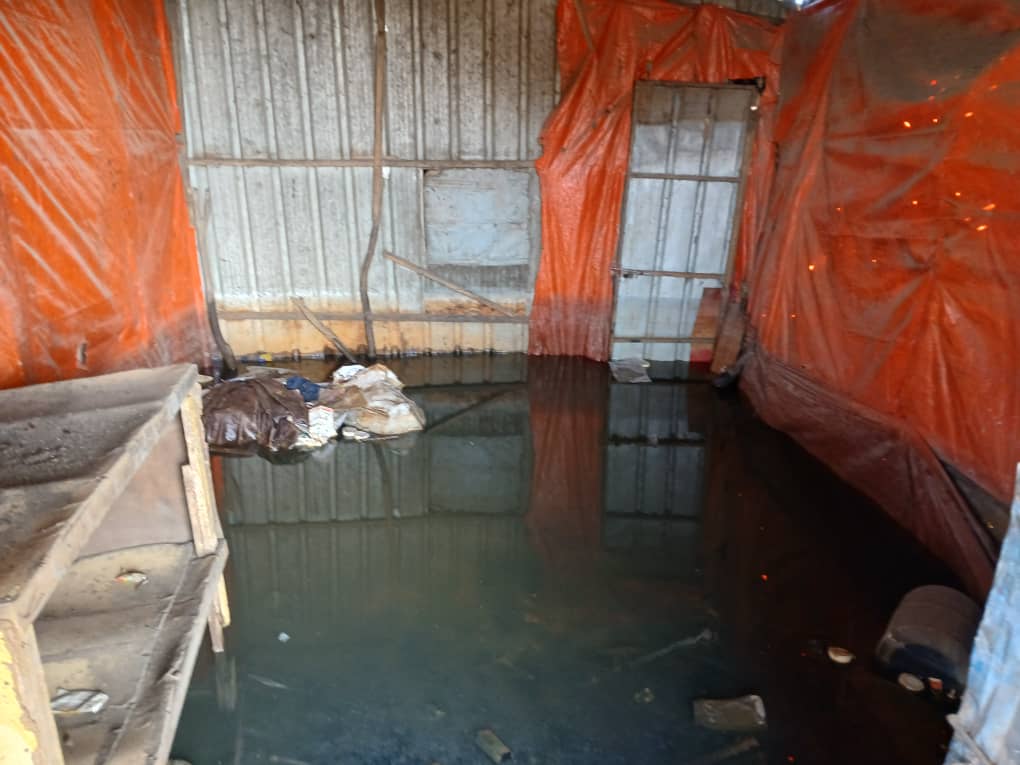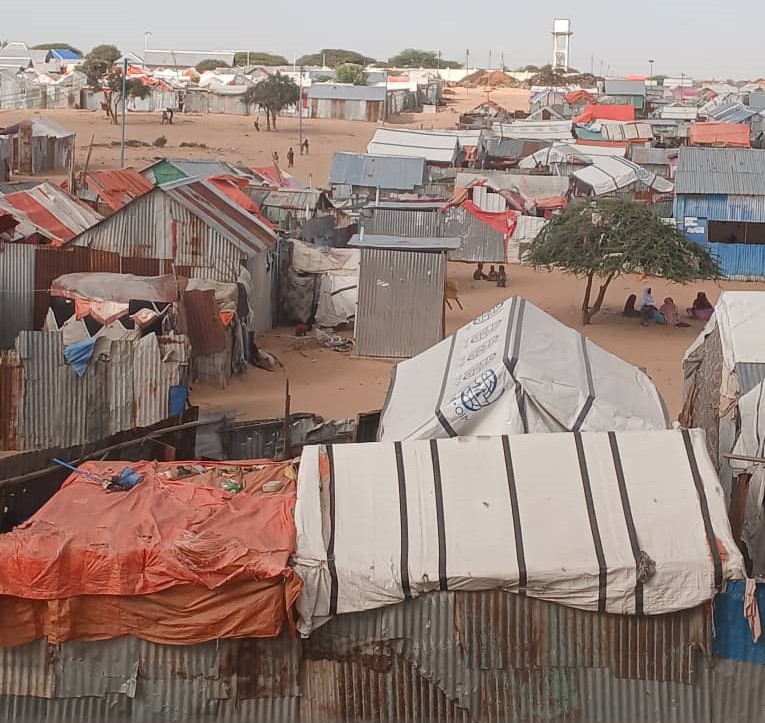The Gu rainfall in Somalia, East Africa, has brought unprecedented downpours, resulting in mass destruction. The usually replenished agriculture, livestock sustenance, and water resources during this season have been disrupted, after heavy rains swept through communities.
The Gu rains is a Somalian term for seasonal rainfall occurring between April and June. It has, however, brought devastating downpours causing tempestuous flooding in regions with limited infrastructure. It has also displaced thousands of families, leaving them in desperate situations.
The torrential rainfall brought unprecedented flooding to communities in the Southwestern region of Somalia, affecting villages like Aytiro, Raqayle, Damaleey, Sigaale, and Baalguri in the Afgoye district. The Gu rains caused rivers to overflow, surging through these rural areas to destroy homes and farmlands.

Most of the displaced people have fled to the capital city of Somalia to join other victims impacted by armed conflict in places like Afgoye and Mogadishu. From April to June, the heavy Gu rains resulted in flash floods across regions in Somalia, impacting over 200,000 lives.
Among those affected, approximately 37,120 individuals have been displaced or forced to relocate, and at least nine fatalities have been reported as of May 8, according to a report by the United Nations Office for the Coordination of Humanitarian Affairs (OCHA).
As of May 2024, East Africa faced a severe humanitarian crisis driven by the impacts of climate change, affecting over 1.5 million people across the region, primarily in Kenya, Somalia, and Ethiopia.
Uprooted by the floods, 35-year-old Faadima Mayow and her family fled their hometown in Afgooye, leaving behind their home in the Damaley village. Following a perilous journey, they found temporary refuge in Barwaaqo, a makeshift camp in Lafoole sheltering thousands of flood-displaced families.
Before the flooding, Faadima was a commercial farmer supporting her family of seven – four boys and three girls – through her farm produce. “The flood has changed everything for us,” Faaduma lamented. “We used to work in our farms and get our daily food. Now, the farm is swallowed by floods.”
Apart from the economic damage, the floods have caused severe environmental and health issues. Faadima noted that the flood water has contaminated their water supply, making it unfit for drinking. “We are having so many challenges. We don’t have anything to eat since our crops collapsed, and the water is unsafe,” she said.
With limited access to clean drinking water, diseases like malaria and cholera are spreading among children and the elderly, who are particularly vulnerable. Like Faadima, many were forced to abandon their homes and farms as the floodwaters swept through their towns. The loss of their only source of income has pushed them to the brink, with no assistance in sight to aid their recovery.
For farmers in Afgoye, the flood’s impact extends beyond displacement. The region’s agricultural community has suffered tremendously, as floodwaters destroyed not only their crops but also the rich soil that once sustained their livelihoods.

Jaamac Cali, 57, a local farmer and small business owner, explained how the flood has financially devastated him. “Before the floods, I was earning money from hand to mouth. Now, I’m bankrupt,” he noted.
Jaamac, who has ten children, four boys and six girls, lost over 100 banana trees and 150 coconut trees, which he would typically harvest and sell at the market as his main source of income.
According to Jaamac, each coconut tree is valued at about $500 to $700 when harvested and transported to the capital city. With no access to insurance or backup resources, Jaamac and others like him are facing financial ruin.
“My farm is now a waterlogged area,” he told HumAngle, noting that he cannot even attempt to revive his business under the current conditions. For many in these communities, farming is not just a livelihood but a lifeline. Without it, they have been plunged into poverty, and the lack of support from the government or humanitarian agencies only worsens their hardships.
Jaamac, along with his wife and children, now lives in a challenging new environment. They are struggling with the uncertainty that comes with displacement, as they continue to count each day in despair.
Beyond economic devastation, affected communities are grappling with pollution, particularly from plastics and other waste washed up by the floodwaters, which now surround their temporary shelters. This pollution presents a significant health hazard to displaced families, increasing their risk of exposure to diseases.

The disruption has also affected the education sector, with schools in the region forced to shut down. For families like Faadima’s, the lack of schooling for children adds another layer of distress. “Our children are staying home, and I am afraid they will lose their education,” she told HumAngle.
The flood has not only crippled individual livelihoods, it has also threatened the broader economy of the region. Jaamac warned that if the flooding continues unchecked, the agricultural communities that depend on crop production will collapse.
“Most of the communities here rely on agriculture,” he explained. “If the flood isn’t controlled, there will be a heavy economic burden on these communities and a decline in the country’s GDP.”
This disaster poses a serious challenge to food security for a nation like Somalia, which is already vulnerable to climate shocks. Three months after the devastating floods, the affected families are still struggling to survive, with little or no help. Both Faadima and Jaamac shared a sentiment of despair and frustration over the lack of adequate assistance from government and humanitarian organisations.
“We need shelter, food, clean water, education, and medical aid,” Faadima pleaded.
The Gu rainfall in Somalia, occurring between April and June, has caused unprecedented destruction due to severe flooding.
The heavy rains have displaced over 37,120 individuals, destroyed homes and farmlands, and severely affected over 200,000 lives, contributing to a dire humanitarian crisis in East Africa.
Communities like Aytiro, Raqayle, and the district of Afgoye have been particularly devastated, further exacerbating an already fragile food security situation in Somalia, which is highly vulnerable to climate shocks. Farmers who previously relied on agriculture for livelihood have lost their means to survive, with no access to insurance or support from the government or humanitarian agencies.
The impact extends beyond economic loss, with water contamination leading to health crises, and education disrupted as schools close down.
Residents express frustration over inadequate assistance and plead for basic necessities, highlighting the urgent need for effective intervention to mitigate the disaster’s effects.
